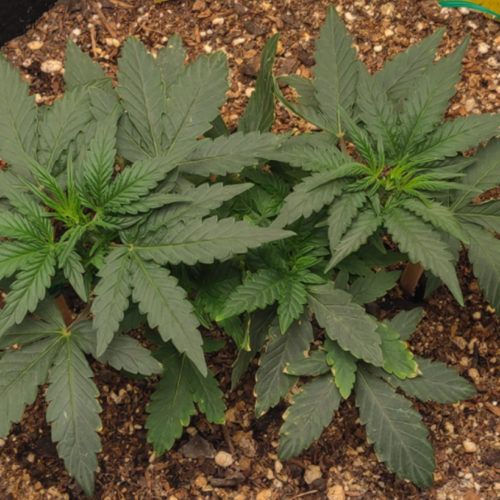5 Important Factors for Growing Cannabis at Home in Connecticut
So, you wanna grow your own, huh? Well, you’ve come to the right place, because Fine Fettle is running a series over the next few months to help you get there!
Barbara, a member of our Fine Fettle staff in Massachusetts, has written this first series to help you get started. Home growing cannabis is legal in Massachusetts for those above 21.
Growing can be a daunting task, but it doesn’t have to be. It can also be personal and fun! I’m going to cover how to grow in the state of Connecticut as medical cannabis patient home growers. Starting October 1, 2021, a medical cannabis patient with an active CTMMP card may operate an indoor home grow containing 3 plants in veg and 3 in flower at any given time.
While there are tons of factors to consider, we’ll start with five:
1. Types of Flowering Cannabis Plants
Photoperiod cannabis plants go through a longer vegetative stage (and you can clone, top, and manipulate to increase yields) and grow based on the amount of light they get. Autoflowering cannabis plants have a shorter vegetative stage, meaning quicker maturity and quicker bud formations.
It’s also important to note that all strains differ in how they like to grow. So, do your research into the particular cultivar to understand its history and demands for best possible outcomes.
2. Space and Control for Growing Cannabis
You’re going to need a light and some space to work with. One of the most important factors of indoor grows (either small or at large scale) is the ability to control your environment. The cannabis plants prefer a specific temperature in the grow area to prevent things like heat stress, and they need relative humidity to thrive – too much humidity in too hot of an area will promote mold, bacterial, and pest growth. On the other hand, without enough humidity, growth may be stunted.
Not paying attention to space and control can damage a perfectly beautiful crop or make for an unsafe product. And this doesn’t have to be a hugely expensive thing. You can wrap the inside of a box with aluminum foil to act as a reflective surface, use a reptile heating lamp and lightbulb, and use household fans that you’ve probably got lying around.
3. Grow Medium
You’ll need a growing substance to root and hold your cannabis plants. Rockwool and hydroponic versus soil, fertilizer choices, and ensuring your water is at the right pH level (yay, high school chemistry).
If you’re using bottled nutrients, you’ll need to add the appropriate amount of liquid nutrients to the appropriate amount of water. If you’re using dry amendment fertilizers, you’ll need to make a soil blend that fits the needs of your cannabis plants. The best advice: read the directions! Different companies have different instructions. Search Google to find what ‘recipe’ to use if you need help.
4. Be Careful and Take it Slow
Do your due diligence and research. It’s okay to make mistakes and experiment but ensure safety first. Cannabis is not too difficult to grow (they call it “weed” for a reason), but it’s easy to mess up! Bugs, mold, and powdery mildew are all problems that can turn medication to infection.
5. Have Fun!
Seriously, have fun with this growing experience. You most likely won’t get it right the first time, but that’s okay! Even the most experienced and state-of-the-art cannabis growers and facilities have problems. I yielded only an ounce from my first ever plant. Sure, it would have been great to have yielded more, but I learned so much and I continue to learn from trial and error. Growing, much like the cannabis industry, is a trial and error field. Cannabis is a very forgiving plant, though, and if you think you’ve screwed up, make note of it and do something different next time.
